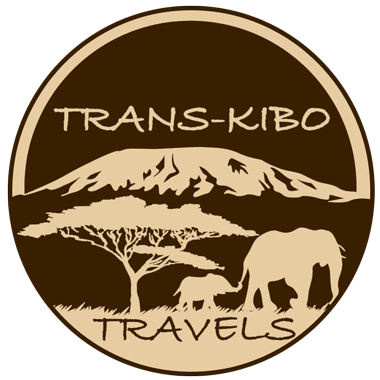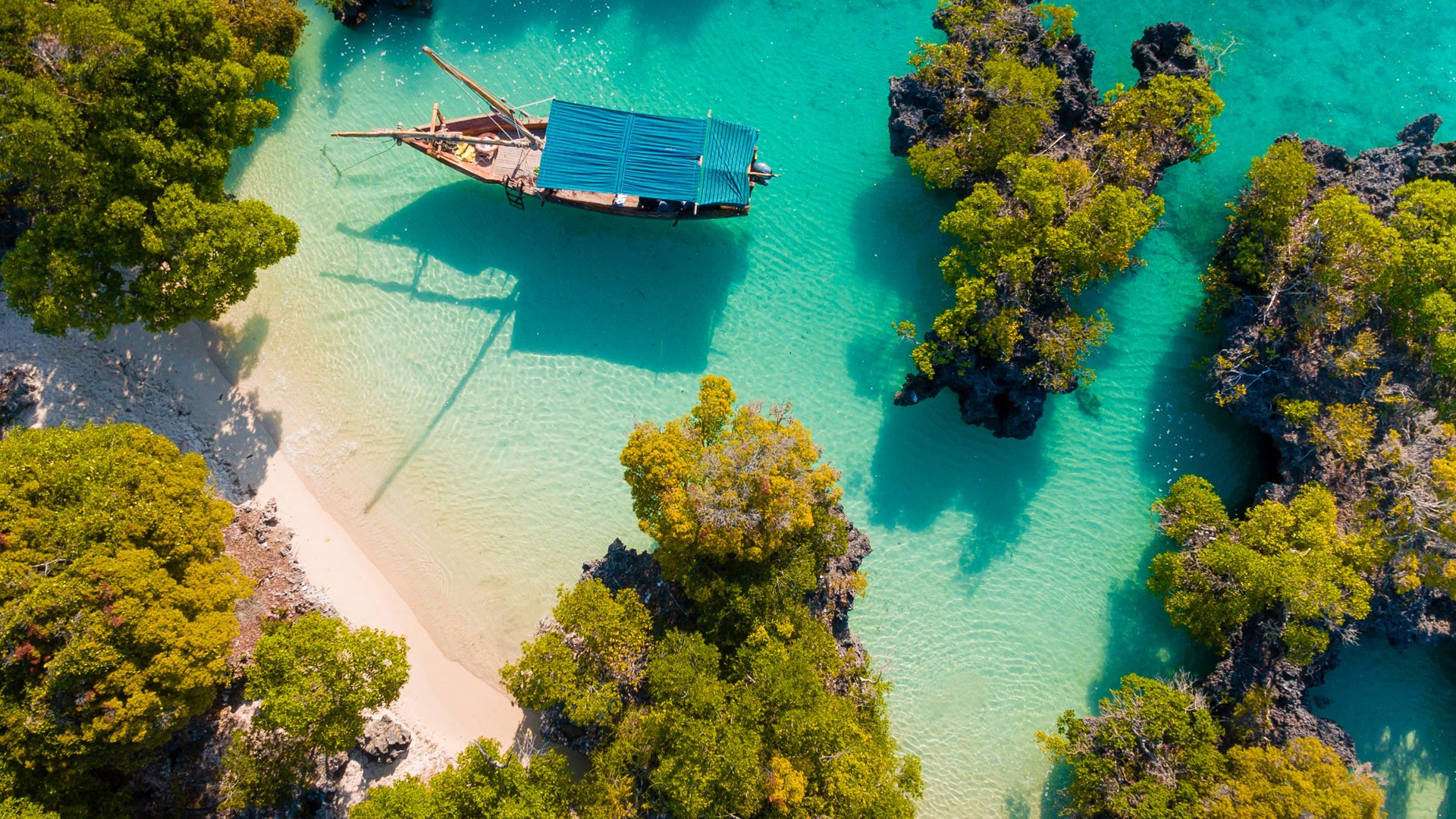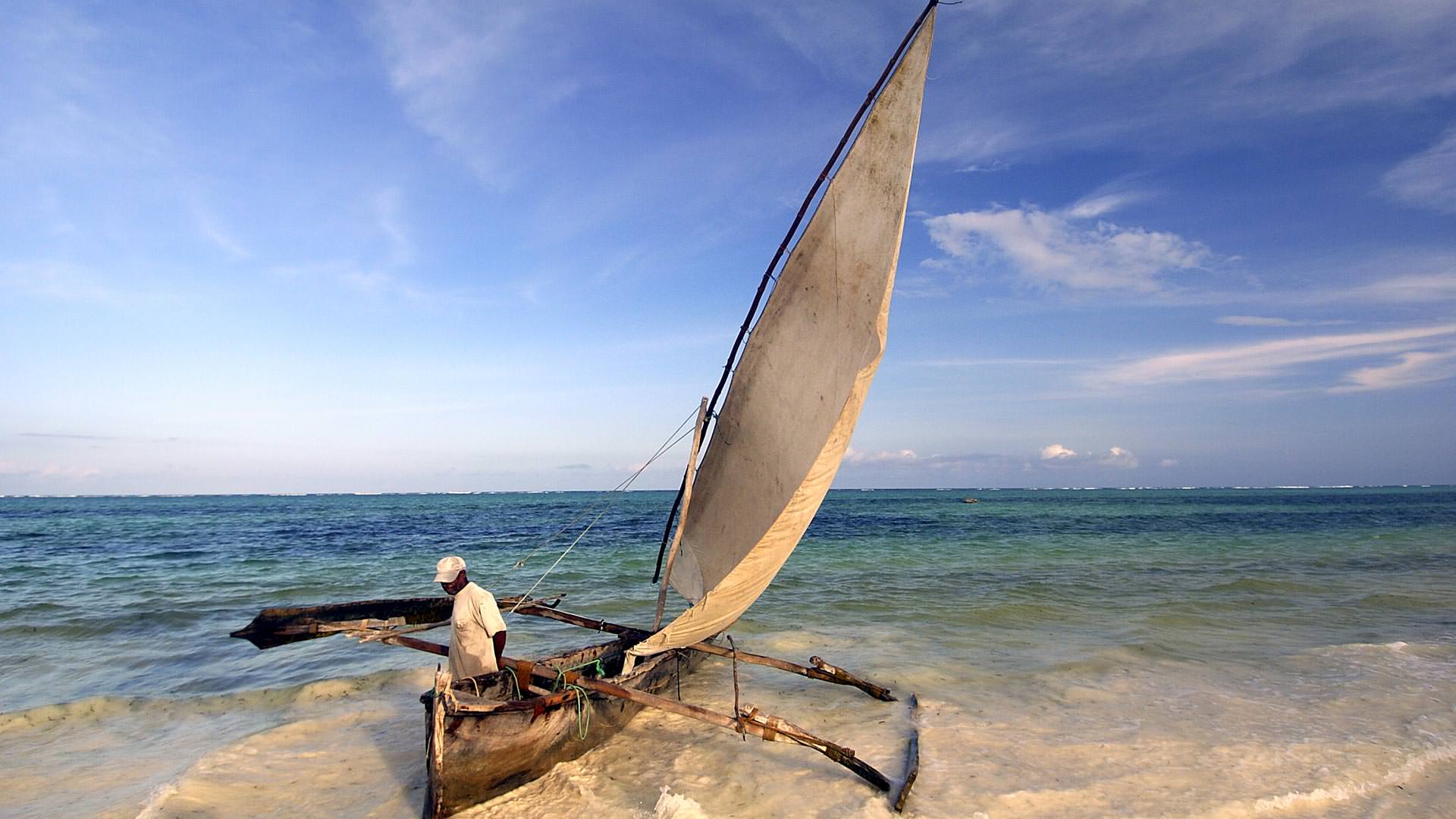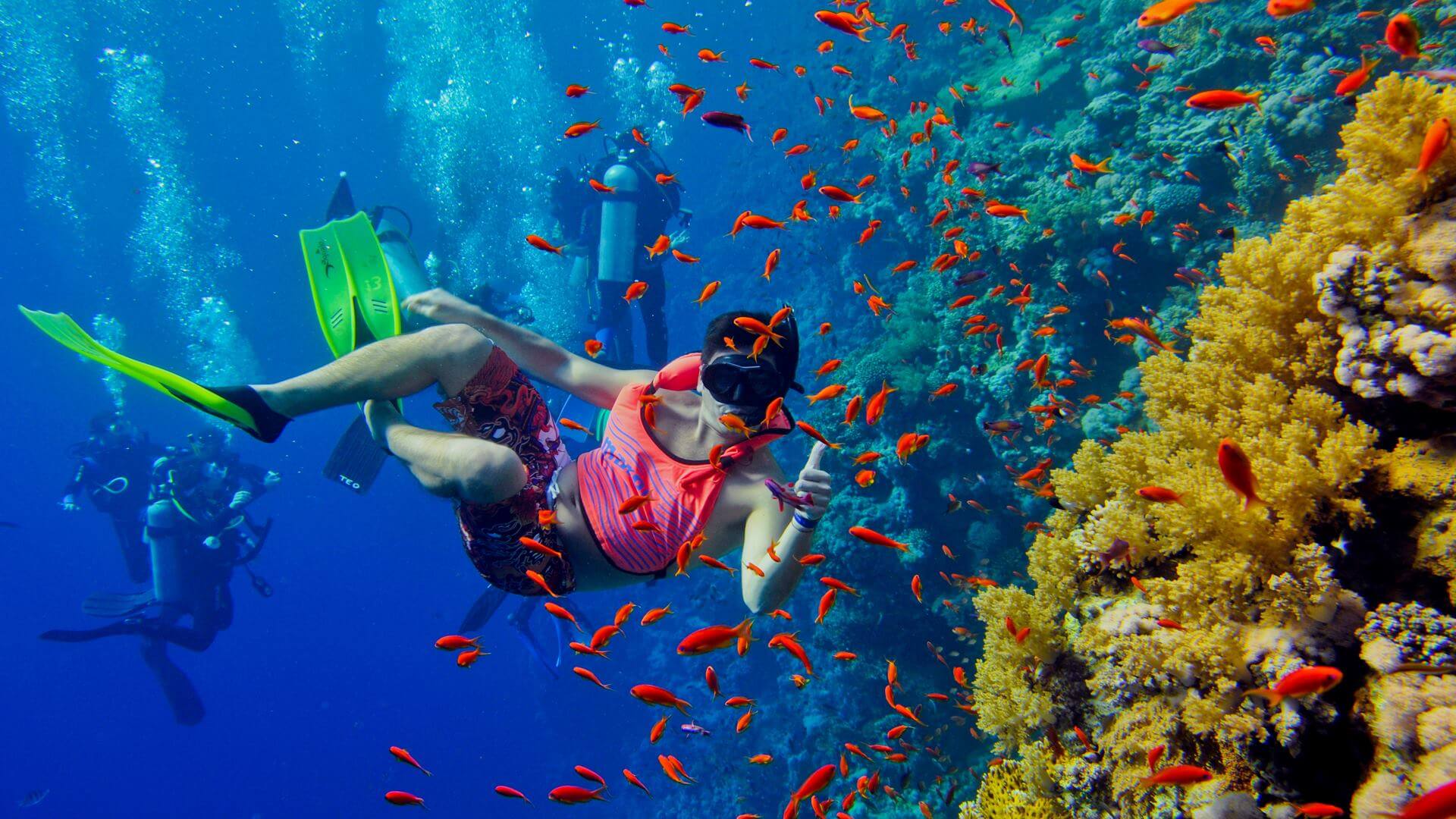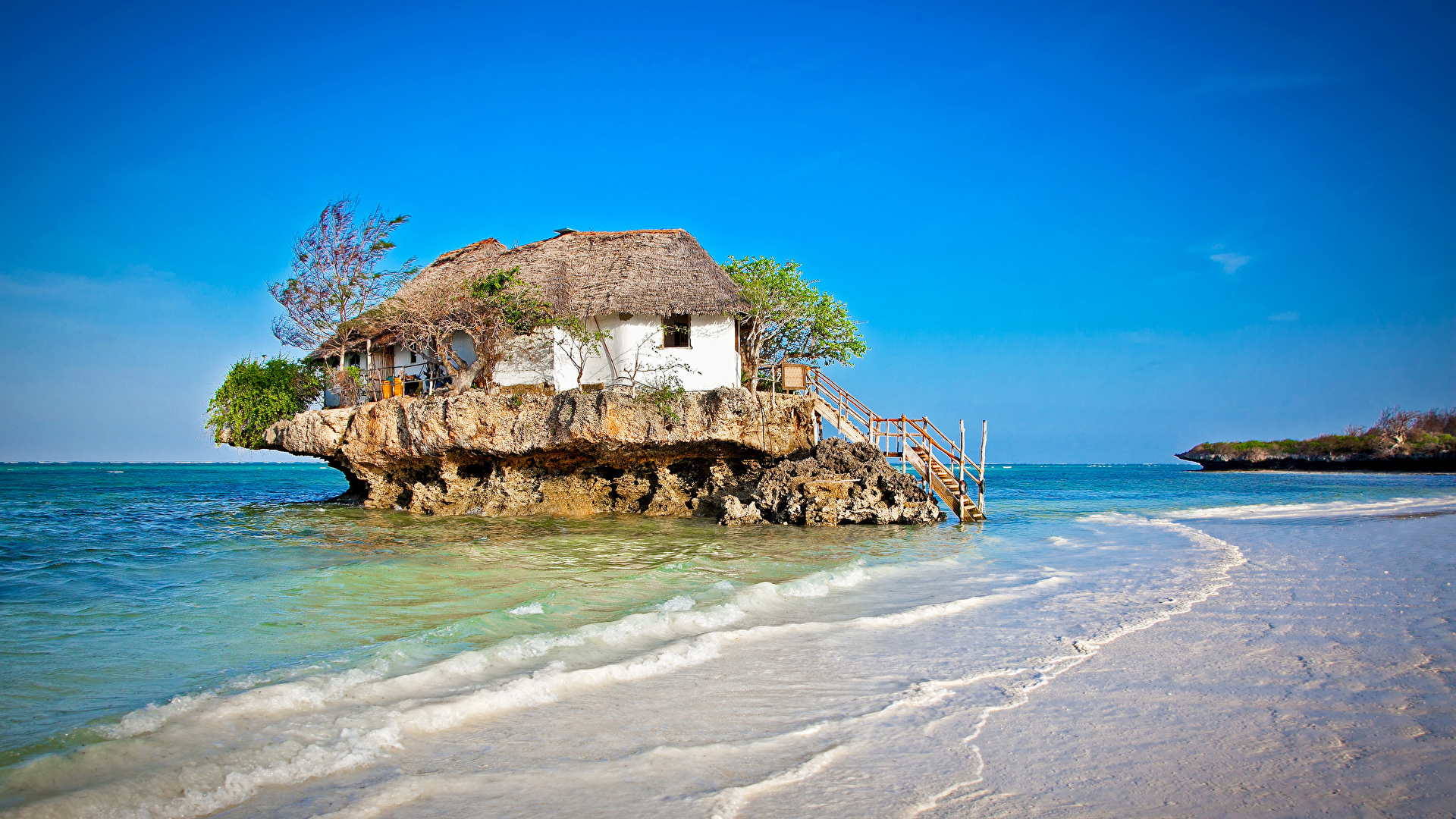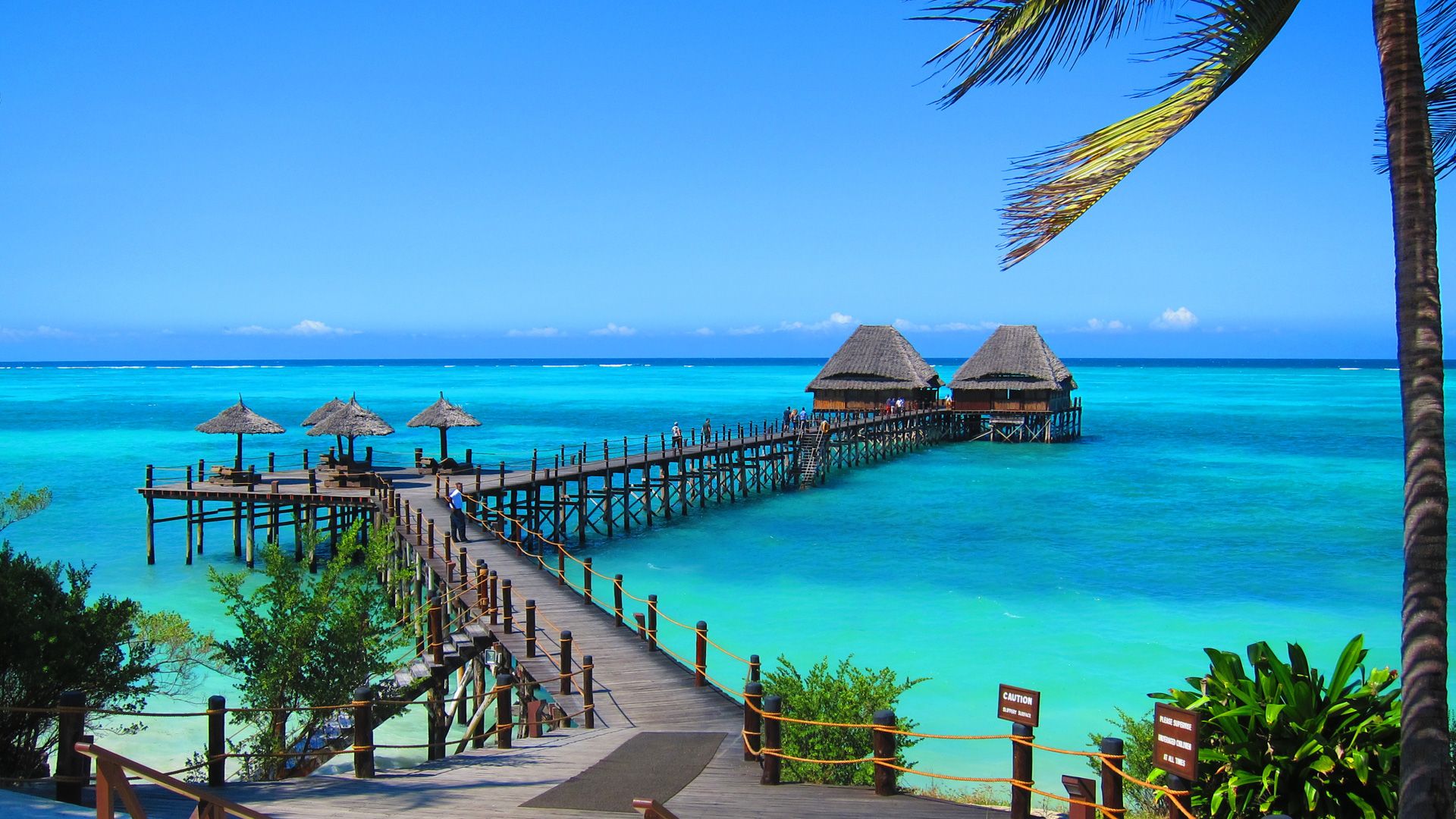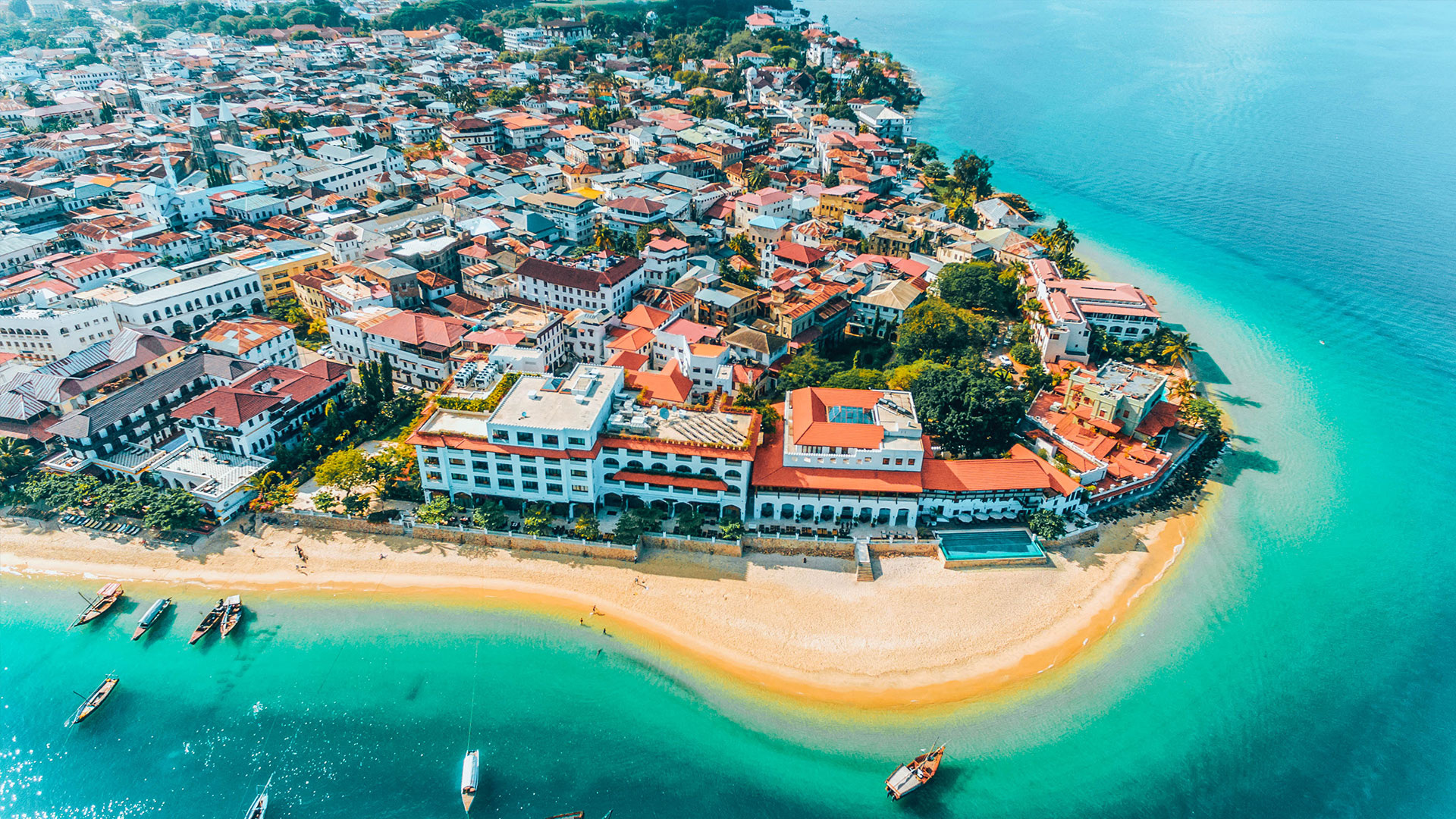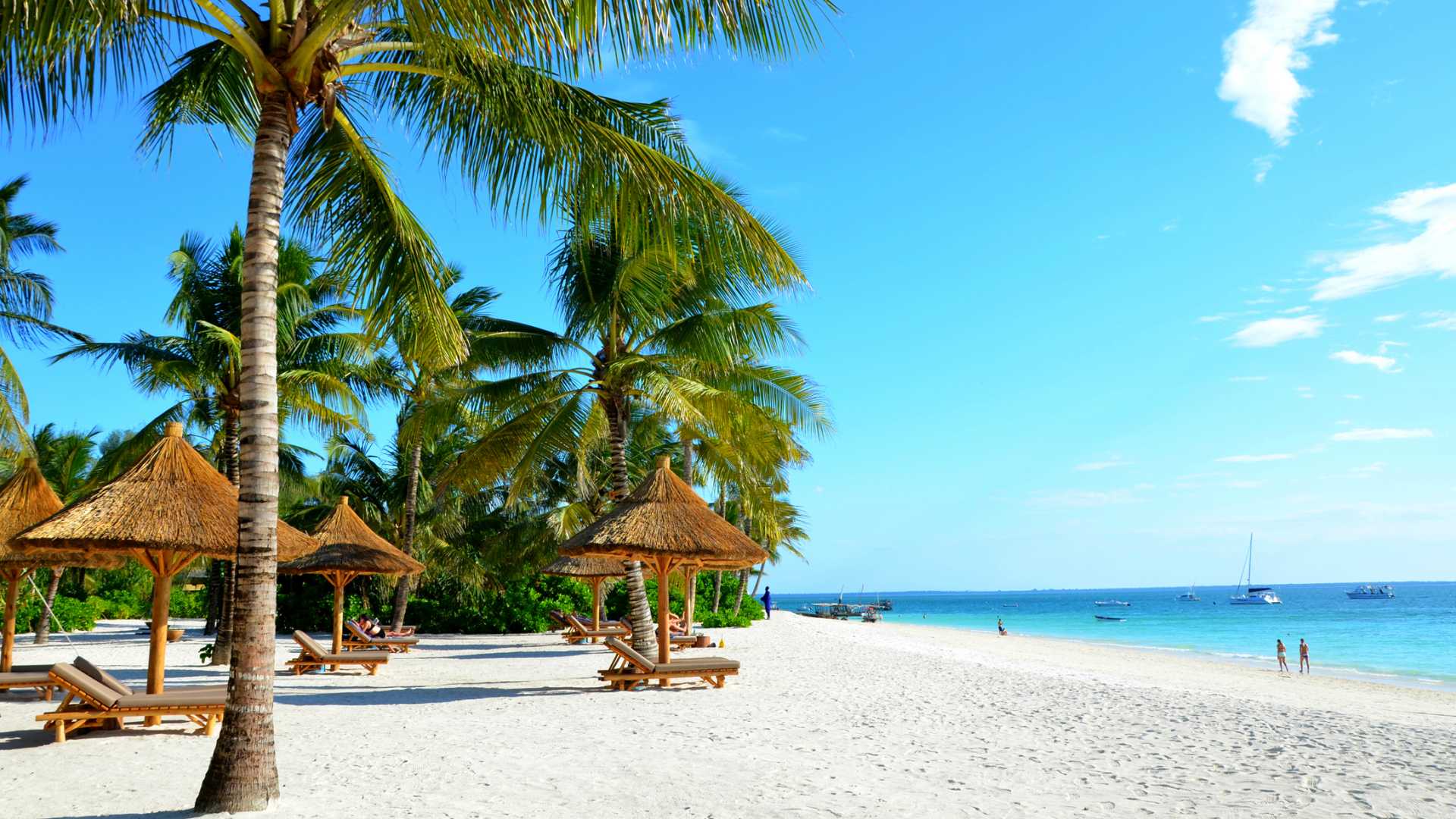General information:
1. TREKKING GEAR AND WARM CLOTHING
It is important to have all necessary trekking gear and clothing for the entire trek.
Some of these can be hired at the park gates, however, choices are limited and in some instances not available.
2. MEDICAL CONDITION
It is assumed that each trekker has obtained approval from his/her doctor prior to booking the trek, especially if you have cardiac problems, high/low blood pressure, pulmonary/ respiratory difficulties. If you have a cold, sore throat, cough or above normal temperature, park regulations restrict the trek above 300m.
3. MOUNTAIN SICKNESS
Every trekker should be aware of the conditions that are likely to occur on the mountain, so necessary steps should be taken to avoid them. Conditions, symptoms and remedies suggested here are by no means exhaustive and should only be used as a guideline. Further reading in preparation on any mountain related sickness is recommended and is the responsibility of the client.
Frostbite: As a result of low temperatures, the destruction of soft tissues in the fingers and toes can occur. Good warm gloves (with insulation) for the fingers and thick wool socks for the feet will help.
Hypothermia: Condition associated with the lowering of the body’s core temperature. This is caused by improper clothing, getting wet from perspiration, rain, exhaustion. It is recommended to have proper clothing that is warm, allows ventilation, that is waterproof and keeps yourself active. Severe hypothermia can lead to total disorientation, lethargy, confusion and ultimately death.
Acute Mountain Sickness: This is a direct result of failure to acclimatize properly, symptoms include nausea, headache (common), vomiting, fatigue, swelling of hands/feet. To prevent this, ascend slowly and eat and drink properly.
Others, pulmonary edema etc: Symptoms include shortness of breath, gurgling sounds from chest, production of frothy white sputum, cough (sometimes sputum is blood tinged). This is a serious and dangerous condition, please advise the guide about your situation and do not attempt going any further up the mountain, it is usually recommended that you be taken to a lower position.
Booking with Trans-Kibo Travels Tanzania Tours, you are covered by AAR Emergency Rescue and Evacuation insurance.
For more details about altitude sickness, click here!
4. WATER
To avoid dehydration, it is recommend for trekkers to consume 1,5-3 liters of water per day, this will also help the body acclimatize with the high altitude.
Considerable amount of water is lost from the body through respiration and perspiration, and it is important, that this is replaced. Dehydration, even mild, causes the blood to thicken thereby increasing the risk of pulmonary embolism & thrombosis. The air above 4000m is dry and sweat control is necessary by using removable clothing and packing yourself. Monitor your urine. The output should be at least 1-1,5 liters/day and the urine should be clear.
5. PACE
Maintaining a slow pace while trekking, and drinking lots of water will help your body acclimatize and reduce the risk of acquiring the most mountain-related sicknesses.
6. FIRST AID KIT
It is important to carry a small first aid kit, and receive instructions about the use, dosage and effects of the drugs contained in it. (Problems peculiar to the tropics and high altitudes need very special attention.)
7. BAGGAGE TYPE AND WEIGHT LIMIT
Suitcases are not allowed. Waterproof rucksacks or duffel/sausage bags are recommended. These together with your clothing and equipment should not exceed 15 kgs.
For excess luggage, a separate porter, at an additional cost, will be required.
8. PARK REGULATIONS
Both Mt Meru and Mt Kilimanjaro lie in National Parks. Therefore all National Park regulations are to be obeyed at all times. Some important regulations are stated at the back of the permit that the guide holds. Please take time to read this.
9. MEALS
Most people have a good appetite until about 4000 m. Light foods, especially carbohydrates like bread, cereals and rice are recommended. Citrus fruits and bananas are good too. Avoid fats, rich foods, alcohol and tobacco.
A brief description of meals provided:
Breakfast: Fruit juice, fruit, cereal/porridge, eggs, bread/pancakes, salami/sausages, margarine, jam/honey, tea/coffee/drinking chocolate.
Snacks: Peanuts/crisps/popcorn/cookies
Lunch: Sliced carrot and cucumber, avocado slices, boiled egg, vegetable/meat cutlets, sandwiches.
Dinner: Soup, bread, salad, rice/pasta/potato, chicken/meat, mixed vegetables, lentils, fruit salad, fruit with custard, tea/coffee/milo/drinking chocolate.
10. OUR PRICES
Inclusive: Park entry fees, camping / hut fees, rescue fees, transfers, English speaking mountain guide, assistant guide(s), porters, cook, 3 meals a day while on tour, camping equipment (tents, sleeping bags, mattresses, chairs, tables and mess tent), walking sticks, head lamps, gloves and AAR Emergency Rescue and Evacuation insurance.
Exclusive:
Personal requirements, accommodation before/after the tour, hire of any clothing and equipment, and tipping to the crew.
11. TIPPING GUIDELINES
A tip is expected after the tour, and it is not included in the price. How much you tip depends on how satisfied you are and your financial ability. As a guideline, 5-10% of what you have paid for your tour can be considered as a tip to the crew.
12. CHECKLIST FOR RECOMMENDED ITEMS:
* Waterproof rucksack & daypack
* Sleeping bag (at least 3 seasons)
* Boots and light trainers
* Balaklawa or woolen hat
* Scarf
* Snow-goggles/sunglasses
* Gaiters (useful when encountering snow, scree etc.)
* Gloves and mittens
* Sweaters/jumpers
* Pants and jacket (water-and-windproof)
* Long sleeved shirt
* Anorak/raincoat
* Thermal underwear
* Several pairs of socks
* Small towel and wash kit
* Water bottle
* First aid kit and insect repellant
* Sun protection cream and lip salve
* Flashlight (head mounted preferable)
* Spare batteries
* Whistle
* Some plastic bags
* Wooden walking stick/ski pole
* Toiletry requirements
* Roll mats + insulation pads
NOTE: It is recommended that you take several thin layers of clothing as opposed to a few thick ones.
Try and get clothed to allow ventilation. You may also want to get clothing made of synthetic materials, because woolen clothing take long to dry.
Your boots should be well “broken into” to avoid irritation, blisters and pain.
Any questions? Write to us!
